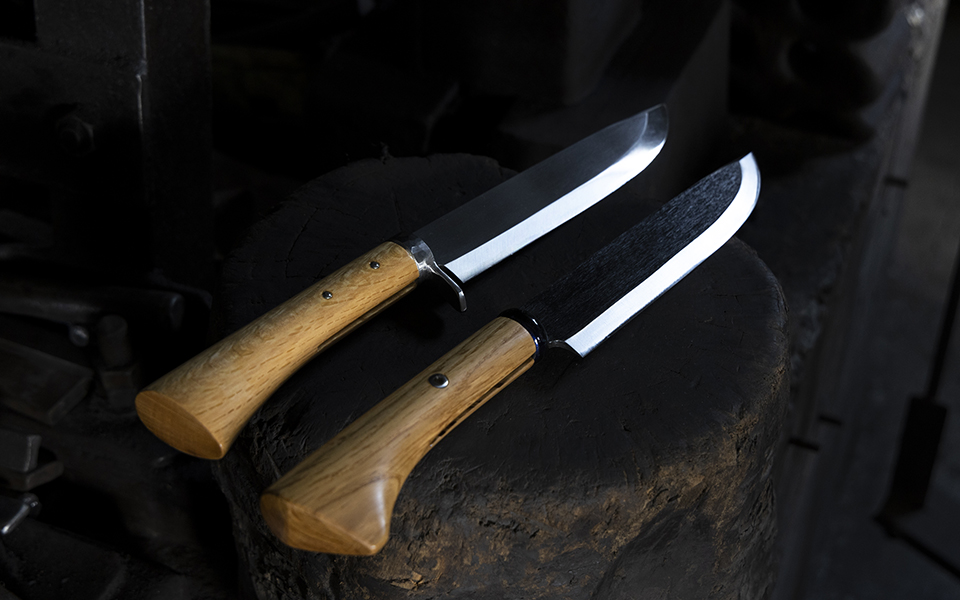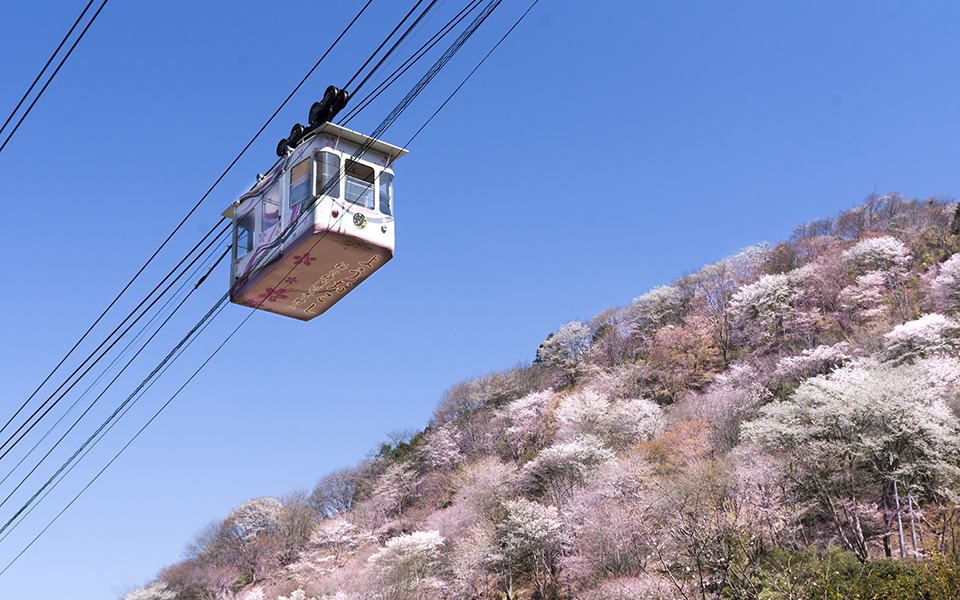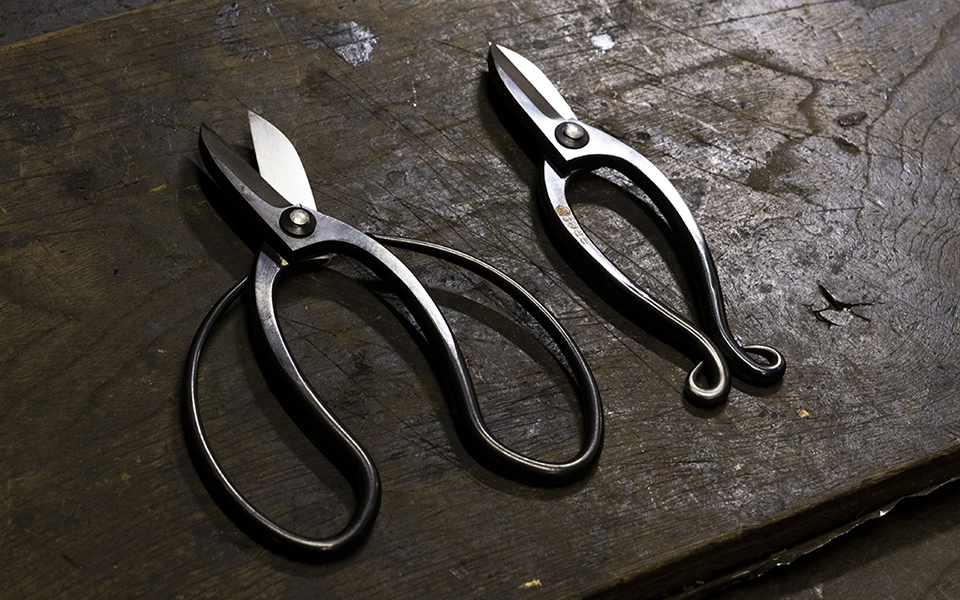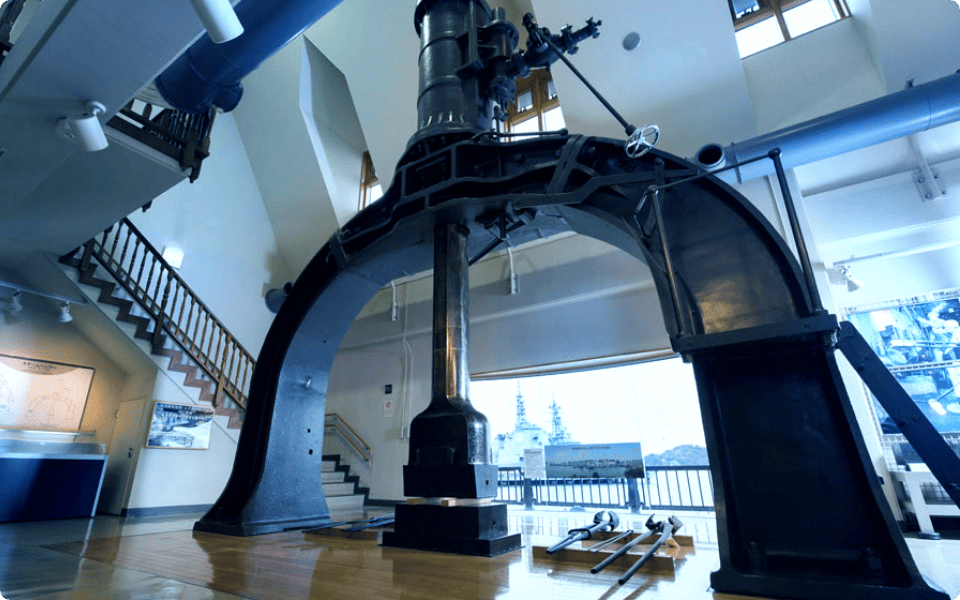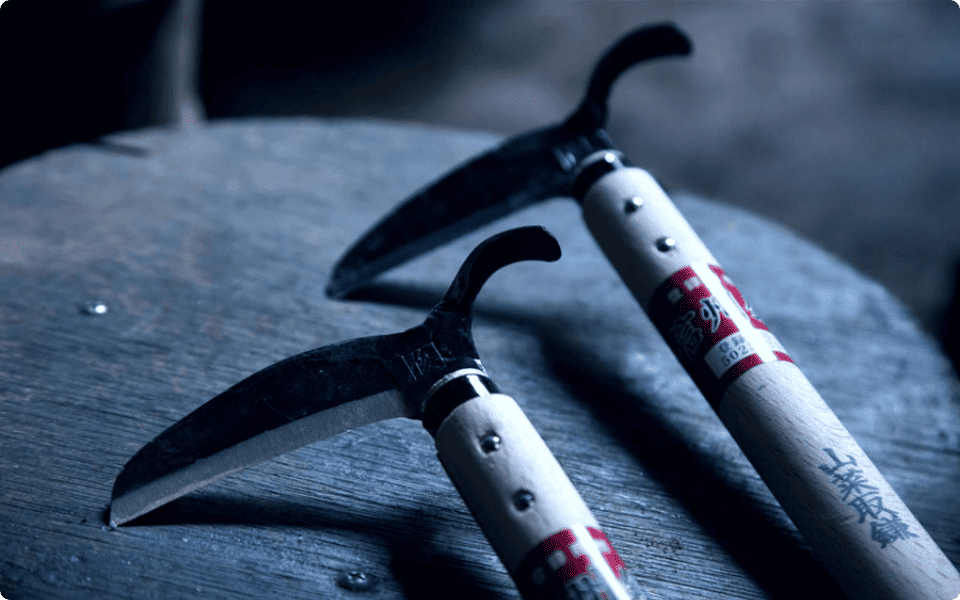-
-
Metal One’s businesses and roles
-
Plate, Construction & Tubular Products Business Division
-
Flat Products Business Division
-
Global Business Division
-
Global Marketing & Energy Project Business Division
-
Wire, Specialty & Stainless Steel Business Division
-
Digital transformation
-
Carbon neutrality
-
Business creation and innovation
-
-
Recruiting information
-
Terms of Use
Gojome Blacksmith

Gojome Blacksmith

Gojome Town, Akita Prefecture
Continuing Five Centuries of Proud Blacksmithing Tradition
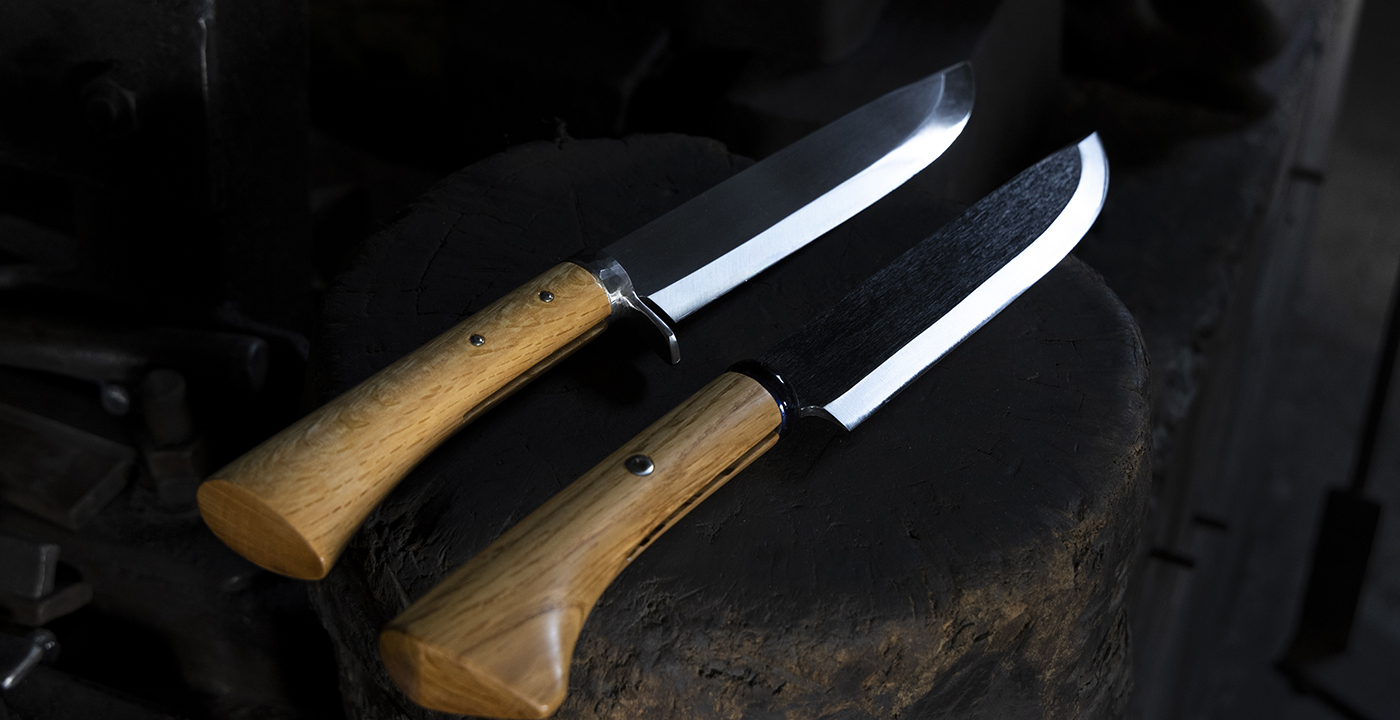
Every town and village in Japan used to have a blacksmith. Blacksmiths made various kinds of ironware that were indispensable to people’s lives. These products included everything from household implements such as kitchen knives and scissors to tools for agriculture and forestry—including sickles, hoes and hatchets, woodsman’s blades used for hunting, and fishing gear. Most Japanese blacksmiths were talented artisans with roots in the smithing techniques used to make Japanese swords that were passed down from ancient times, striking lengths of red-hot steel repeatedly to give them form and finishing them into tough blades with sharp cutting edges.
However, blacksmithing traditions around the country virtually came to an end after Japan’s “economic miracle” began, given the widespread adoption of inexpensive manufactured products and the mechanization of agriculture, forestry and fishing. The depopulation of countryside areas and the difficulties of finding successors to take on rural work dealt additional blows.
-
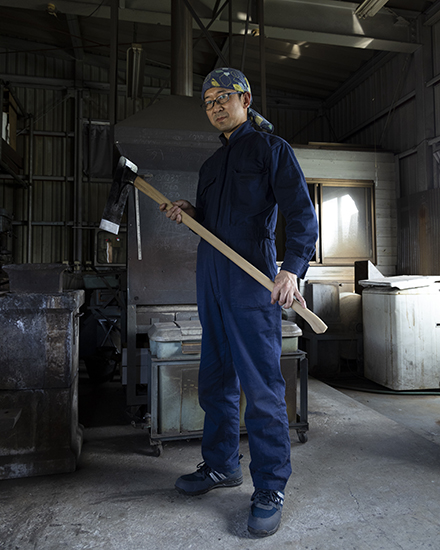
“Hoes and sickles are basic to smithing,” Nunokawa says
Gojome Town in Akita Prefecture is known as an area where blacksmithing boasts five centuries of history, maintained by a host of blacksmiths over the years. Today, however, Shigeru Nunokawa is the only blacksmith there, carrying on the tradition at Nunokawa Hamono Seisakujo. Leaving his job with a car manufacturer at age twenty-seven, he is an exceptional artisan who plunged into the world of blacksmithing.
Nunokawa was in the design department at that car manufacturer, but dreamed of becoming a blacksmith. “I wanted to take responsibility on my own from start to finish, doing work delivering things directly to customers,” he says. It turns out that he was in the first class of a Gojome Town program providing training in traditional crafts, apprenticed to the late traditional craftsman Shotaro Kodama. As in the old apprenticeship system, he handled chores and everything else, including helping with the fieldwork. He later put his experience of using hoes and sickles himself to use. “The question is how best to understand what users want,” Nunokawa says. Even now, over twenty years later, Nunokawa values that as his starting point for making things.
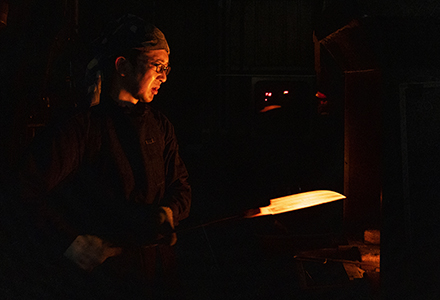
Associate professor Takayuki Saito of Hokkaido Musashi Women’s Junior College, an expert on Japan’s blacksmithing culture who did research in Gojome during his student days and knows Nunokawa, says: “Blacksmithing is a symbol of Japan’s culture of artisanship. Its continued existence is definitely difficult, but there is a big need related to the preference for the ‘real thing.’ There is a chance for survival, depending on ingenuity along the lines of Mr. Nunokawa, in design and Internet sales.”
Nunokawa adds: “My mission is to convey Gojome’s blacksmithing tradition to subsequent generations.” He periodically opens his workshop up to visits from local primary and junior high school students. He awaits the appearance of a successor who is as fascinated with blacksmithing as his past self.
Value One 2023 No.81

